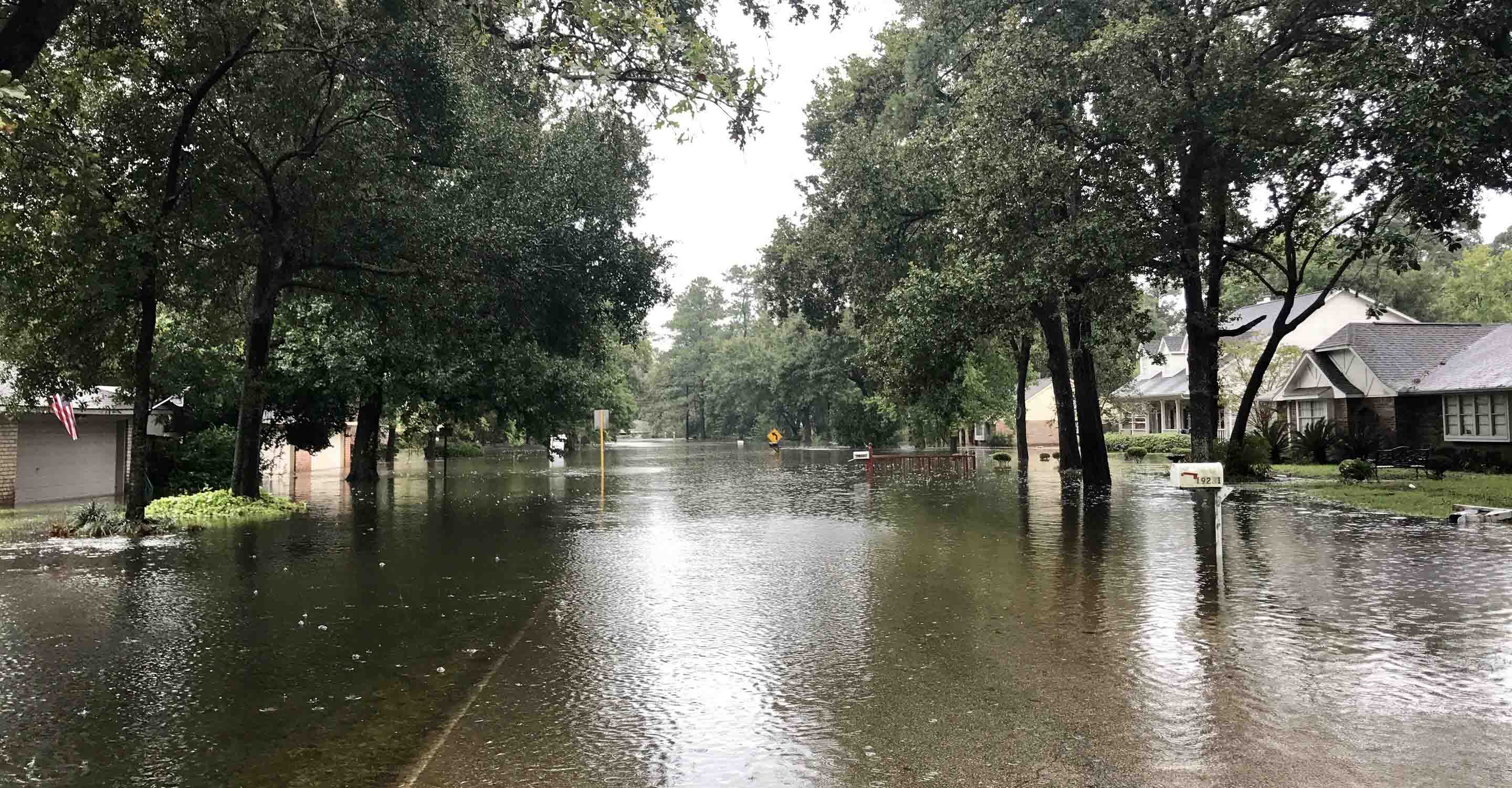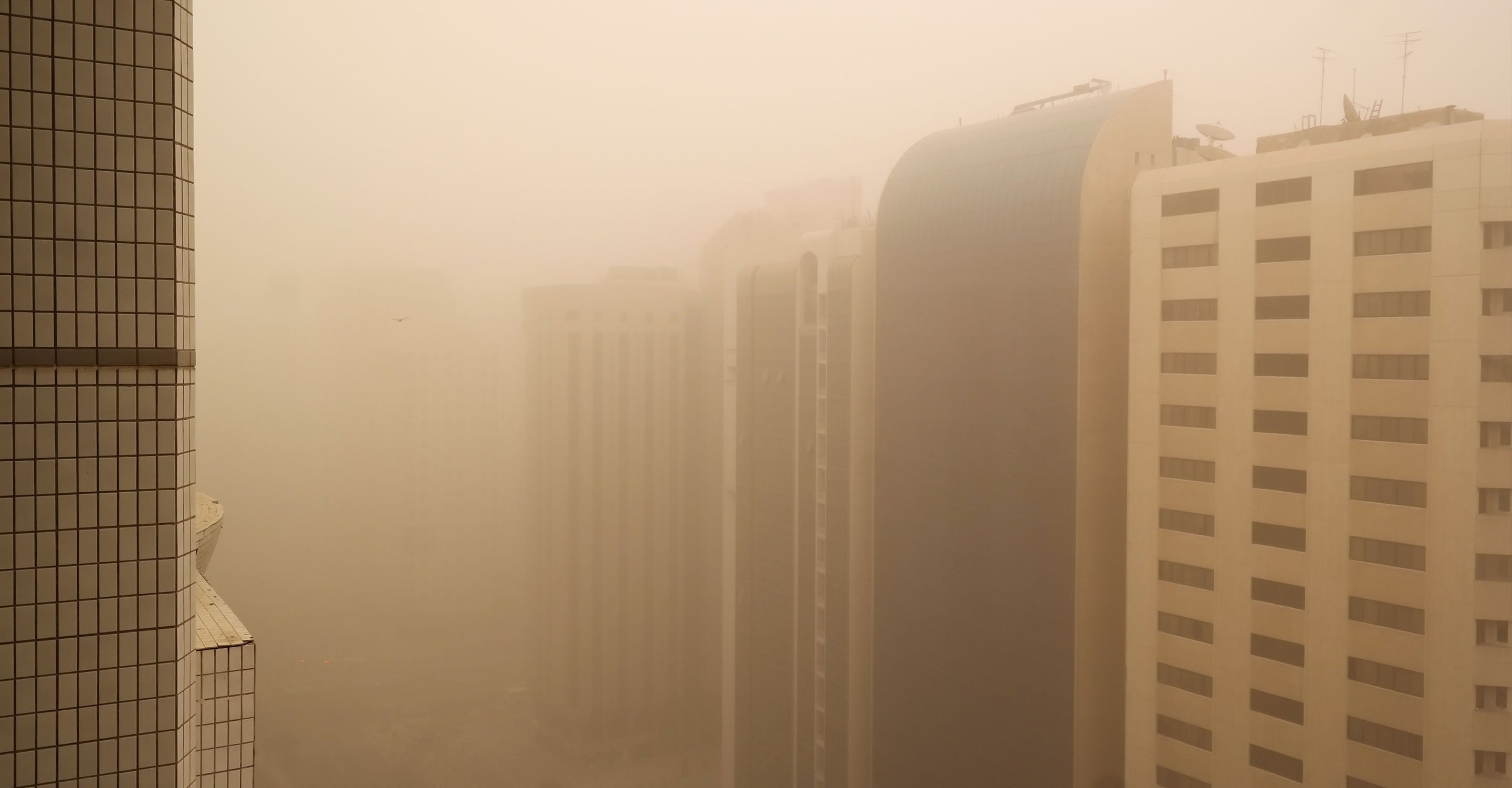Bamako air quality map
Live air pollution map of Bamako
2.9K people follow this city
Full screen
Contributors category
0
Government
0
Educational
0
Non-profit organization
0
Corporate
0
Individual
0
Anonymous
Station(s) operated by

*IQAir’s AQI data modeled using satellite data. Learn more
Health Recommendations
| Sensitive groups should reduce outdoor exercise | |
| Close your windows to avoid dirty outdoor air GET A MONITOR | |
| Sensitive groups should wear a mask outdoors GET A MASK | |
| Sensitive groups should run an air purifier GET AN AIR PURIFIER |
Bamako does not have air sensor data
Be the first to measure and contribute air quality data to your community.
Understand air pollution and protect yourself
Bamako MAP AIR QUALITY ANALYSIS AND STATISTICS
How much interesting information is there about air quality on the air pollution map for Bamako?
There is a lot of quality information about air pollution on the air quality map for Bamako and it is very easy to find. Clicking anywhere on the map icon at the top of the main page will open a new page which is dedicated to supplying facts and figures about air quality in the city and surrounding area.
When the page first opens, the viewer will be met with a solid block of colour which is a direct indication of the current state of the air. The colour is dark maroon which indicates that the air quality is “Unhealthy”. Colours can range from pale green to dark maroon where the darker colours represent worsening air quality. All of these colours are used across the IQAir website and are standard.
The viewer will also notice one or more coloured circles or discs on the map, these show the position of the ground-level air monitoring stations. They each display a number at their centre which is the United States Air Quality Index reading from that station or US AQI for short. It is calculated by taking measurements for six of the most prolific pollutants found in city air. These are usually both sizes of Particulate Matter (PM2.5 and PM10), nitrogen dioxide, sulphur dioxide, carbon monoxide and ozone. Once it has been established, it is used as a metric when comparing air quality in different cities across the globe. It has the full backing of the World Health Organisation (WHO).
Looking back to the main city page, it can be seen in the coloured banner across the top that at the time of writing, Bamako was experiencing a period of air quality classified as being “Unhealthy” with a US AQI reading of 184. The main pollutant was found to be PM2.5 with a recorded level of 119 µg/m³ which is almost twenty-four times higher than the suggested target figure of 5 µg/m³, as recommended by the WHO. The colour of the banner itself is a visual reflection of this poor-quality air.
Directly beneath the air pollution map for Bamako can be seen the number of contributors there are and the number of monitoring stations they operate. Currently, there are two government bodies that oversee one station. One is the U.S. Department of State; the other is not yet identified.
Are there many more facts and figures about air quality on the air pollution map for Bamako?
There are a lot more facts and figures about air quality on the air pollution map for Bamako but in order to see all that is available, the page needs to be viewed in full-screen mode. This is easily achieved by selecting the icon at the top of the page which will resize the page to full screen.
Once viewed in this way, a list of four options will appear on the left-hand side of the screen. These can all be toggled on and off to see the effects they each have on the map.
The first option shows the locations of the ground-level air monitoring stations in the city and the surrounding area. Any of these can be explored further by clicking on the symbol and checking out the new age that will open.
The next option shows the location of any wildfires that might be burning in the area. Currently, there are several in the north, west and east. This is when option number four needs to be viewed because it shows the speed and direction of the wind and can give a good indication of where the smoke will blow. Currently, the wind is taking the smoke away from the city.
The third option changes the background colour of the map to reflect the current air quality. This might be a little off-putting for some but it can be deactivated so that the colour reverts to a more natural hue.
There are more facts and figures on the right-hand side of the screen in the form of a table. This shows the ranking of the seven most polluted cities across the globe. If this is of interest, then the full raking section should be opened to see the rest of the world’s participating cities in descending order.
Just below the category where the number of contributors is listed is another list which ranks the most polluted stations in the city. There is only one station in Bamako which is the US Embassy in the city with a US AQI reading of 184 which is classified as being “Unhealthy”.
Below that category is the most popular station as the one with the most followers. There is no competition when there is only one station so the US Embassy has just over 800 loyal followers.
Can the source of the polluted air be seen on the air quality map for Bamako?
The direct source of the polluted air is not shown directly on the air pollution map for Bamako, but it is known that the sources of air pollution in Bamako originate from industrial activities (smoke from chimneys from industrial units, thermal power plants) and household activities as well as automobiles and motorcycles, dust or sandstorms.
Air pollution is exacerbated by its geographical location given the fact that Bamako is located in a basin, surrounded by mountains and that the fumes are difficult to dissipate because of the low wind pressure. Another factor is the position of the industrial area which lies to the east of the city in the path of the prevailing wind which blows any emissions over the city.
How dangerous is PM2.5 which is mentioned on the air pollution map for Bamako?
PM2.5, or particles with a diameter of less than 2.5 microns (for comparison, a hair measures between 50 to 150 microns). They are especially harmful, as they can penetrate deep into the lungs and into the bloodstream, through the alveoli.
Children exposed to fine particles are more at risk of developing infectious diseases of the respiratory tract. Indeed, proportionally, three times more fine particles than in adults reach the alveoli of children, and ten times more in newborn babies.
It has been proved that exposure to fine particles contributes to the rigidity of the arteries (arteriosclerosis), and this goes hand in hand with the finding that, during PM2.5 peaks, there is an increase in cases of heart attacks.








